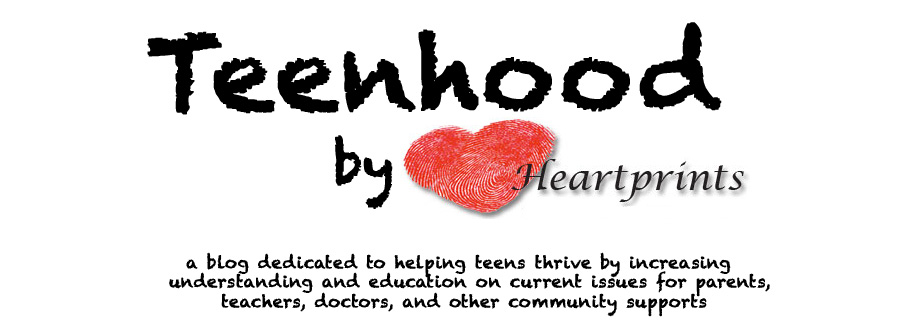Ever wonder about art therapy, or why a client-- teenager or
not-- might draw or paint in a counseling session? Curious as to how expressive methods are useful in therapy? For many people,
their memories of creativity in school are also coupled with embarrassment and
even shame. In elementary school, we start to notice other’s work. We begin to
compare our art to theirs. Perhaps we notice their creations reach our ideal
more then our own work. As classmates meet art goals we do not, it is not
uncommon for us to shut down our creativity. Negative self talk becomes “I’m
not creative” or “My brain doesn’t work that way.” Unfortunately, some art teachers
can exacerbate these inferiority beliefs through criticism and even ridicule.
In my work with teenagers, some will flatly refuse to engage
in creative work “I’m not good at it.” they tell me. Anxiety can even spike
when people are put in a situation where creativity is required. The problem is
creativity is a gift people can use not only to express themselves but to help
their brain process emotional pain more easily. When we shut down our creative
side, we lose an important tool to help ourselves.
In the past few months I have been pleasantly surprised at
how much recent research supports creative expression in both working through
difficulties and living whole heartedly. Dr. Eliana Gil, an author of child therapy
books, speaker, and counselor for 40+ years, explained how creative work incorporates a different part of our brain than the part where we think about problems or trauma. When we incorporate creativity into our lives, it allows
our brains to process these issues more fully. She even encouraged counselors to
self care by engaging in expressive art forms to better process their difficult cases at the end of their day.
Another popular writer, research, and speaker, Brene Brown,
insists one of the key practices of living life fully is regularly engaging in
creative works. She writes that internal and external shaming often keeps us
from digging in to spending time on artistic endeavors. To fully embrace
creativity we have to put away our tendency to compare and judge but practice self
acceptance. Brene also warns “Unused creativity is not benign. It metastasizes.
It turns into grief, rage, judgement, sorrow, shame.” What holds us back from accessing our creative side does more harm than good. Abiding by our fear of failing only hurts ourselves.
Even if the idea of creativity creates a nervous eye twitch,
slowly moving towards creativity not only helps ourselves but models it for our teenagers. Let us get young people involved in utilizing this wonderful gift to help them cope with life's many
challenges. Here are some ideas to get you started:
- Identify what you can do for hours on end and lose track of time (no, not TV)—reading, writing, decorating, experiment with baking/cooking, gardening, dancing, editing photo, crafting, playing games with the family, swimming, drawing, painting. (note: play is the sister to creativity)
- Schedule time in your calendar to regularly engage in these identified activities.
- Scientific American recommends going new places, eating new foods, listening to new music, and meeting people that are different than us boosts our ability to be creative.



